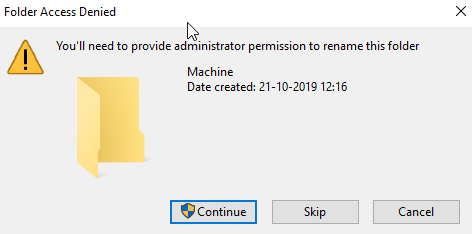
Prohibit installation and configuration of Network Bridge on your DNS domain network: Enabled The IT department should first test and approve all system changes. This disables Windows from downloading fonts from online font providers. This is called local name resolution poisoning. An attacker can listen to such requests (on UDP ports 5355 and 137) and respond to them, tricking the client. Link-local multicast name resolution (LLMNR) is a secondary name resolution protocol that uses multicast over a local network. Turn off multicast name resolution: Enabled Windows file servers require SMB authentication by default. This makes such communications vulnerable to man-in-the-middle attacks. Because these are unauthenticated logons, features like SMB signing and SMB encryption are disabled. Lanman Workstation ^īy default, a Windows SMB client will allow insecure guest logons, which network-attached storage (NAS) devices acting as file servers often use. When enabled, User Account Control (UAC) removes the privileges from the resulting token, denying access. This setting controls whether you can use a local account to connect to a remote server, for example, to a C$ share. Local accounts are a high risk, especially when configured with the same password on multiple servers. Recently we had this issue where scanning to a shared folder didn't work because the printer only supported SMBv1.Īpply UAC restrictions to local accounts on network logons: Enabled Note: In case you have an older device on your network, like a network printer, make sure it supports SMBv2 or higher before disabling SMBv1. The correct setting is Enabled: Disable driver. Be careful with the client driver setting-do not set it to Disabled because this will cause issues with the system.

Therefore, Microsoft recommends completely disabling SMBv1 on your network. SMBv1 is roughly a 30-year-old protocol and as such is much more vulnerable than SMBv2 and SMBv3.

Configure SMB v1 client driver: Enabled: Disable driverīoth settings control the Server Message Block v1 (SMBv1) client and server behavior.


 0 kommentar(er)
0 kommentar(er)
